Audio Answers:
Yamaha Headphones?
Question: “Yamaha studio monitors are well known, but I don’t hear much about Yamaha’s studio headphones. What’s the deal and are they worth considering?”
Yamaha Studio Headphones
Yes, Yamaha has studio monitoring headphones. Didn’t know that? Well, you’re not alone. Yamaha is known for their studio speakers, with popular models like the HS5, HS8, and the legendary NS-10. However, their headphones haven’t managed to reach close to the same level of popularity.
Yamaha entered the HiFi audio world in 1967 with their NS-30 and NS-20 speakers. They begin to establish themselves as a reputable speaker manufacturer by 1974 after the release of their powerful monitor, the NS-1000M. But it was in 1976 that Yamaha put out their first studio headphones — the HP-1 headphones.
Today, Yamaha has improved that model to keep up with the shifting market with their current MT series of monitoring headphones. The three headphone models in this series are the HPH-MT5, HPH-MT7, and HPH-MT8.
In this post, we’re going to delve into Yamaha’s HPH-MT series and the primary three studio monitoring headphone models that Yamaha offers. Going through their strengths and weaknesses, we’ll determine whether these monitoring headphones from Yamaha are really worth consideration.
What’s the difference between these three?
To review, we’ll cover the comfort and build, quality of sound, tech specs, and who would do best with each headphone. Something to keep in mind are the prices. The price of each model goes up consecutively: the MT5 is the most affordable, followed by the MT7, then the MT8, which is the most expensive. And as you would expect, as the price goes up so does the quality…
Yamaha HPH-MT5
Mt5’s Comfort and Build?
Out of these three models, the Yamaha HTH-MT5 headphones have the lowest-quality build. This is no surprise as it is the most affordable of the three. It’s not bad, but the build of the MT5 is noticeably lesser quality than the MT7 and MT8. They are lighter weight and do feel a bit plasticky.
Overall, the MT5 is pretty comfortable. They’ll stay comfortable on your head for long hours. They also have DJ-style rotatable earcups which makes it easy for you to monitor with one ear while wearing them.
The Sound of the Yamaha MT5
The MT5 is pretty good at isolating you from the outside world so you can better hear the music, so that’s a good start. And in a full-band setting, they allow the vocals, guitars, and percussion to pop through nicely. However, with some types of music — like EDM or Hip-hop — the bass, unfortunately, often takes over the mix.
The bass in itself is actually impressive neutral, but the imbalances with the treble frequencies cause the MT5 to sound darker and gives the impression of heavier bass overall. With an audible dip at around 5khz, the MT5 have less bite, attack and crispiness than expected. The midrange however is pretty neutral overall and they certainly don’t sound bad, especially at their price point.
Technical Specifications
● Driver Size: 40mm
● Frequency Response: 20Hz-20kHz
● Impedance: 51 ohms
● Maximum Input Power: 1600 mW (at 1kHz)
● Sensitivity: 100 dB/mW
● Cable Length: 9.8 ft.
● Plug Sizes: 1/8″ (1/4″ adapter included)
Who is the MT5 Meant For?
Although the MT5 is marketed as monitoring headphones, the imbalances in their sound can cause some significant issues when mixing. At their budget price point, it is difficult for any headphone manufacturer to produce high-quality monitoring headphones. However, when matched up against similarly priced monitoring headphones such as Sennheiser’s HD280 Pro, our honest advice is you’re better off with the more accurate HD280. Nonetheless, the MT5 overall is still a good pair of headphones and are a solid option for beginner producers.
Yamaha HPH-MT7
MT7’s Comfort and Build?
As for the MT7, they have a more solid build and are a little more comfortable to wear. The ear cups pivot vertically and laterally, which means they can fit a wider spectrum of heads. They also have large synthetic leather ear pads that sit nicely on your ears. When wearing them, you’ll notice they stay on pretty well too and are great for long working hours.
On the flipside, they’re slightly bulky and therefore, maybe not the best headphones to wear outside of the studio. Some listeners have also complained about a creaking sound in the headphones when moving around their head. However, we did not hear any creaking while wearing them.
The Sound of the Yamaha MT7
The MT7s, too, offer solid isolation and are a great option for recording. They cover the full frequency range, and perform particularly well with its middle frequencies — so vocals and most instruments will be heard very accurately. The MT7 also has considerably more bass than the MT5.
On the negative side, there is a considerable bass boost around 100hz. This causes the MT7 to sound a bit boomier than is preferred. The higher frequencies also are not as accurate and smooth as desired. And the MT7 suffers from a similar dip around 5khz, as the MT5 does.
Technical Specifications
● Driver Size: 40mm
● Frequency Response: 15Hz-25kHz
● Impedance: 49 ohms
● Maximum Input Power: 1600 mW (at 1kHz)
● Sensitivity: 99 dB/mW
● Cable Length: 9.8 ft.
● Plug Size: 1/8″ (1/4″ adapter included)
Who is the MT7 Meant For?
Overall, the selling point of the MT7 is its accurate mids, extended bass, and quality sound isolation. The MT7 is a little bit better of an option for mixing music than the MT5. If you’re working with music that needs pronounced bass or higher frequencies, you may not get the results you desire through these headphones. So it might be a good idea to bounce between these and some nice monitors.
The MT7 is best for home-studio producers, especially those who record, that have some experience with cheaper headphones, but still want to upgrade their headphones without completely breaking the bank.
Yamaha HPH-MT8
MT8’s Comfort and Build?
When it comes to the MT8s, Yamaha made comfort one of its top priorities. The cushioning around the ear cups is like a soft pillow covered in smooth leathery material. The earcups offer plenty of space for larger ears. The headband is also padded very well, so you should be able to wear these comfortably for a while. Plus, they seem more durable than the other models and can be expected to last a long time.
Overall, the MT8s probably have the best build quality in both durability and comfort. They also include two detachable cables, a 1.5-meter coiled cable and a 3-meter straight cable for your preference.
The Sound of the Yamaha MT8
The MT8 is the most balanced of the three Yamaha headphones. From highs to lows, you can hear it all with its impressively wide frequency range of 15hz to 28khz. The extended bass and smooth, accurate lows make the MT8 especially useful when mixing for balance across the entire frequency spectrum.
Like the MT5 and MT7, the MT8 is also a closed-back model with excellent sound isolation. The MT8 also has impressive stereo imaging and soundstage for detailed stereo mixing.
The sound isn’t perfect though. One criticism is the slight boost around the important mid region of 1khz. If there’s any thing you want flat in your headphones, it should be the mids. The MT8 also has some pretty wild high frequencies around 8-12khz. This can result in some extra harshness and brightness, especially apparent when listening to cymbal-heavy music or acoustic guitars.
Nonetheless, music is very enjoyable to listen to with the MT8. In terms of quality and overall accuracy, the MT8 takes the cake.
Technical Specifications
● Driver Size: 45mm
● Frequency Response: 15Hz-28kHz
● Impedance: 37 ohms
● Maximum Input Power: 1600 mW (at 1kHz)
● Sensitivity: 102 dB/mW
● Cable Length: 3.9′ (coiled), 9.8′ (straight)
● Plug Size: 1/8″ (1/4″ adapter included)
Who is the MT8 Meant For?
The MT8, as you may have guessed, has the most accurate depiction of each frequency range. Therefore, they’ll deliver precise, on-point sound. This is great news for editing and mixing music. Out of the three Yamaha studio headphones, these are the closest to what you’d get with a decent pair of studio monitors. Because of their great isolation and accurate frequencies, the MT8 is great for both recording and mixing. The MT8 is a great choice for intermediate producers who have a bit more dough to spare.
Yamaha MT5 and MT7 in White
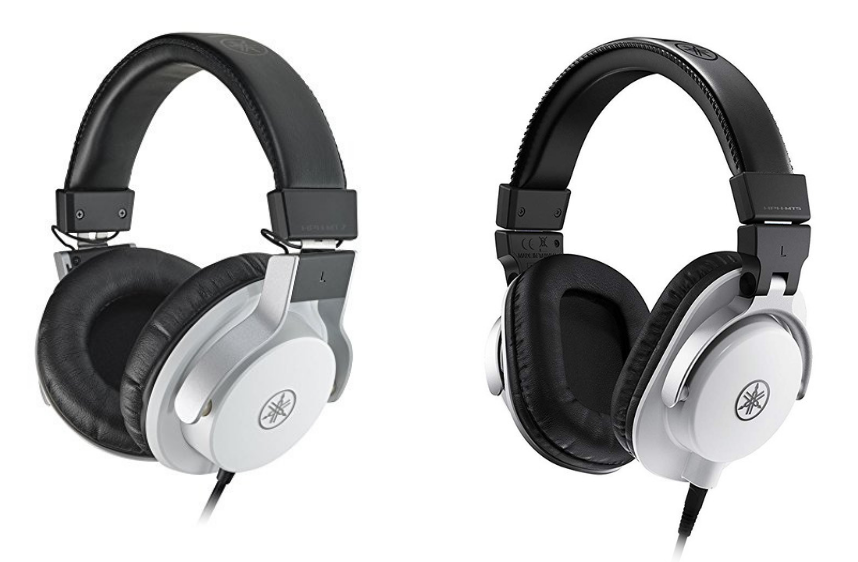
Yamaha MT5W and MT7W
Both the MT5 and MT7 are available in white variations. These white models are formally known as the Yamaha HPH-MT5W and HPH-MT7W. They’re also priced the same as the normal black models. Yamaha is known for their white variations such as with their studio monitors the HS5, HS7 and HS8. Just like the white monitors help your studio stay stylish, the white MT5 and MT7 help you to stay stylish and fresh while wearing them.
Why is there no white MT8, you ask? It’s unclear why Yamaha has not opted to produce the MT8 in white. Perhaps, the more expensive and premium MT8 is beyond gimmicks and all business. Looks are great, but it’s the sound that will matter most at the end of the day.
Are These Headphones Worth It?
Now that you know Yamaha has studio monitoring headphones (decent ones too) and you know more about what each offers, you should be in a better place to make the right purchase. The truth is, they’re all nice headphones, but if you’re on a budget you should be looking to buy the best pair of headphones your money can buy. In our opinion, we don’t think it’s the MT5 or MT7.
We don’t believe that at their price, that they are the absolute best option. This is especially true if your main goal is a good pair of mixing headphones. Due to the frequency imbalances in the MT5 or MT7, you may be better off with the flatter Sennheiser’s HD280 Pro, for example.
Where all three of these headphones shine is in the realm of studio recording. With the excellent sound isolation and comfort they offer, they’re a great option for recording. If you’re tracking and recording vocals you can expect minimal sound leakage from these headphones (something that can greatly harm a recording).
They’re all pretty comfortable and this makes it an even greater option especially if you’re working with recording clients. The Sennheiser HD280 that we have praised, may have great sound, but certainly lacks in style and comfort, something that clients will often put more weight on than is important.
Yamaha MT8s in action. @jacobsellsaudio
The MT8 Ultimately Shines
The MT8 is the standout with these three headphones. It has its flaws, but its strengths are great enough that they should be a serious option for anybody seeking a pair of quality closed back headphones. At the price of the MT8, you’re going to see competitors like Beyerdynamic’s DT770. In our opinion, the DT770 is a good pair of headphones, but seemed a bit overrated and lacking in detailed sound. MT8 is a great closed-back option at its price and definitely worth consideration.
It’s puzzling why Yamaha’s headphones haven’t reached the level of popularity of brands such as Sennheiser, Beyerdynamic, AKG, and Audio-Technica. They have their strengths and weaknesses, but overall they’re truly worth serious consideration and deserve more spotlight than they receive.
What are your thoughts? Feel free to let us know in a comment below or reach us on our Twitter or our Instagram.
Have a question you want answered? Ask us! Or join the Live Music Producer’s chat!

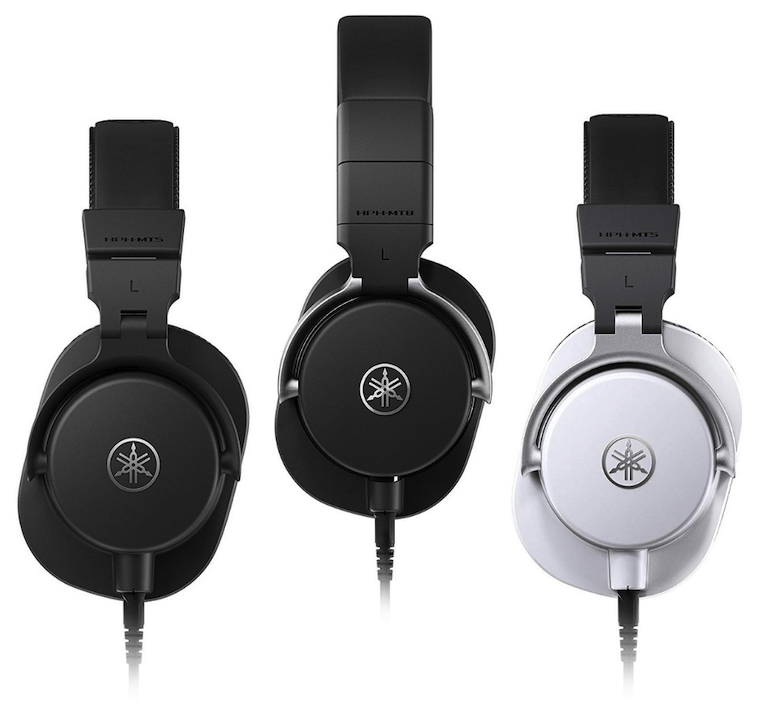
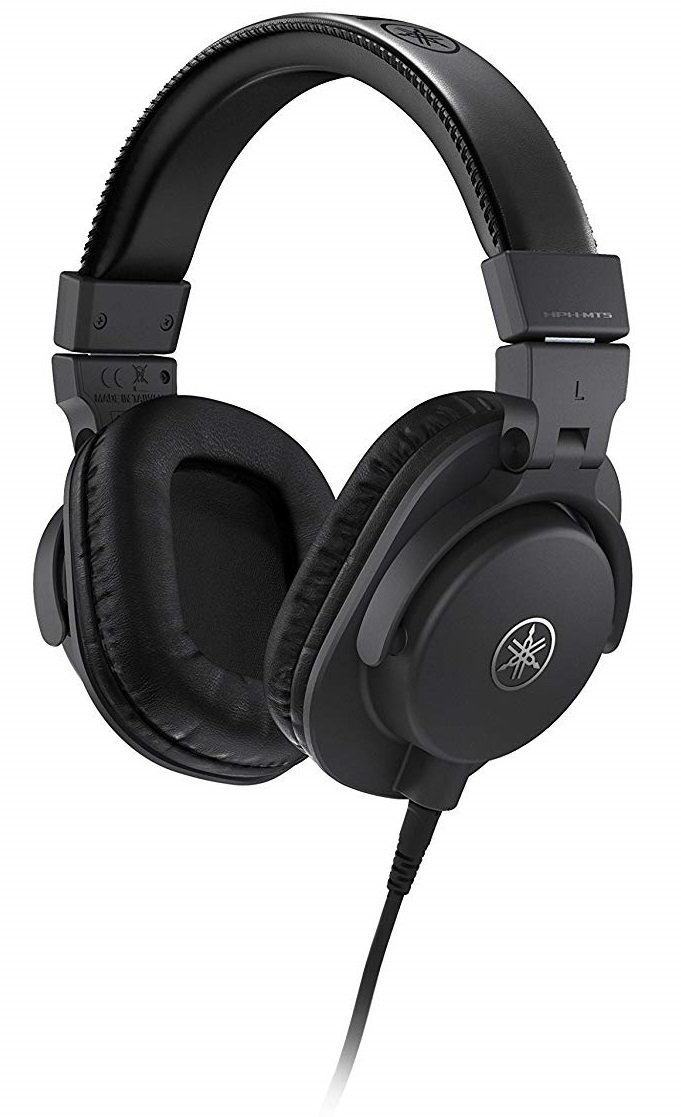
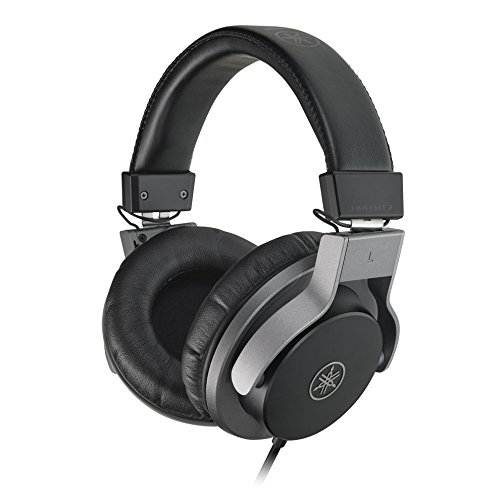
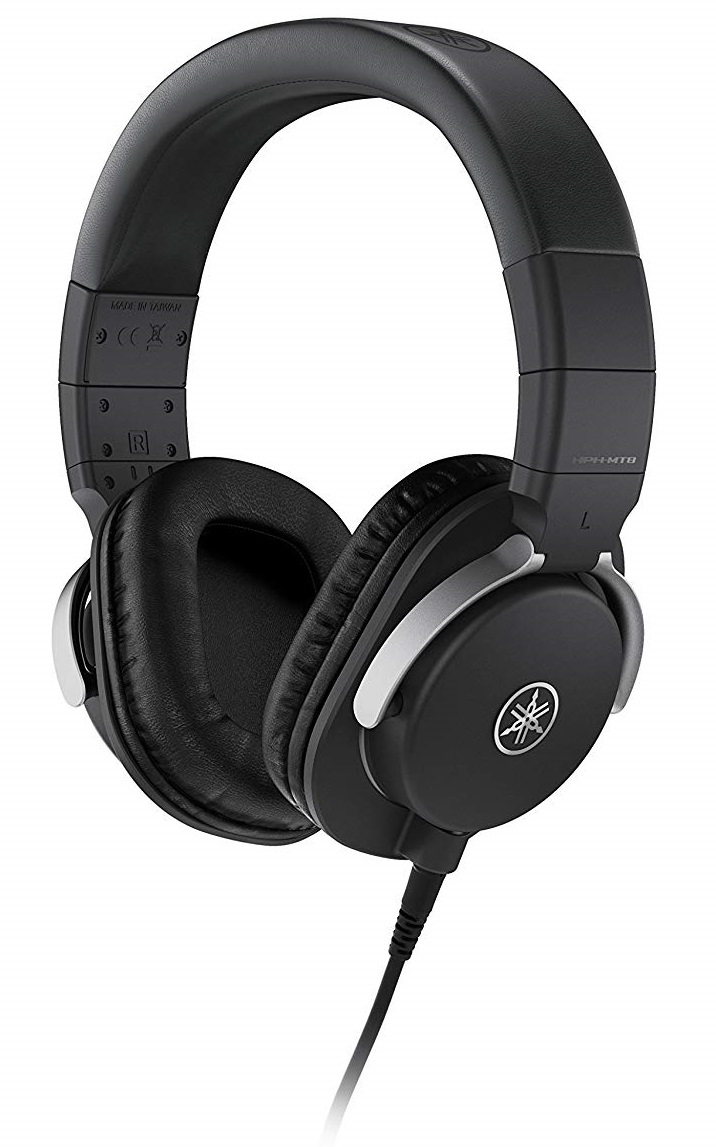
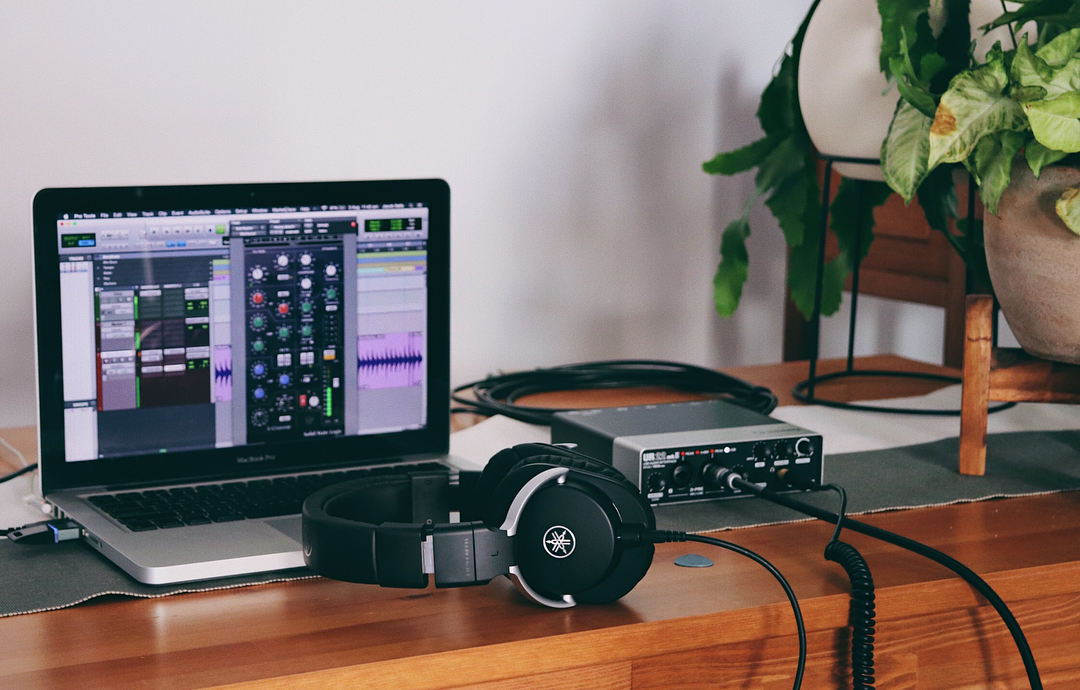
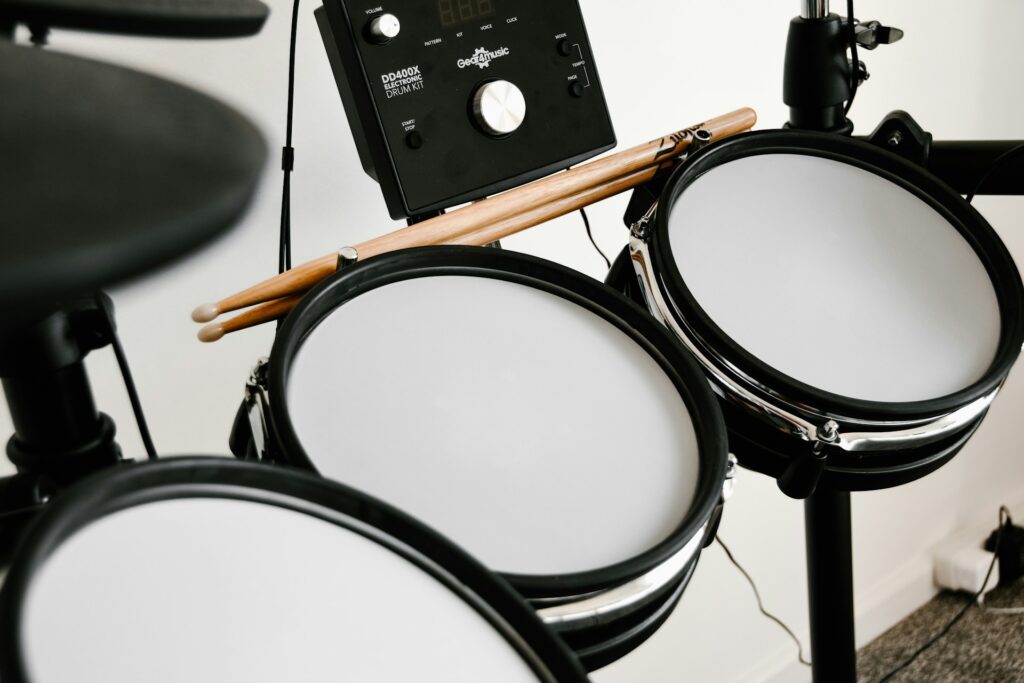
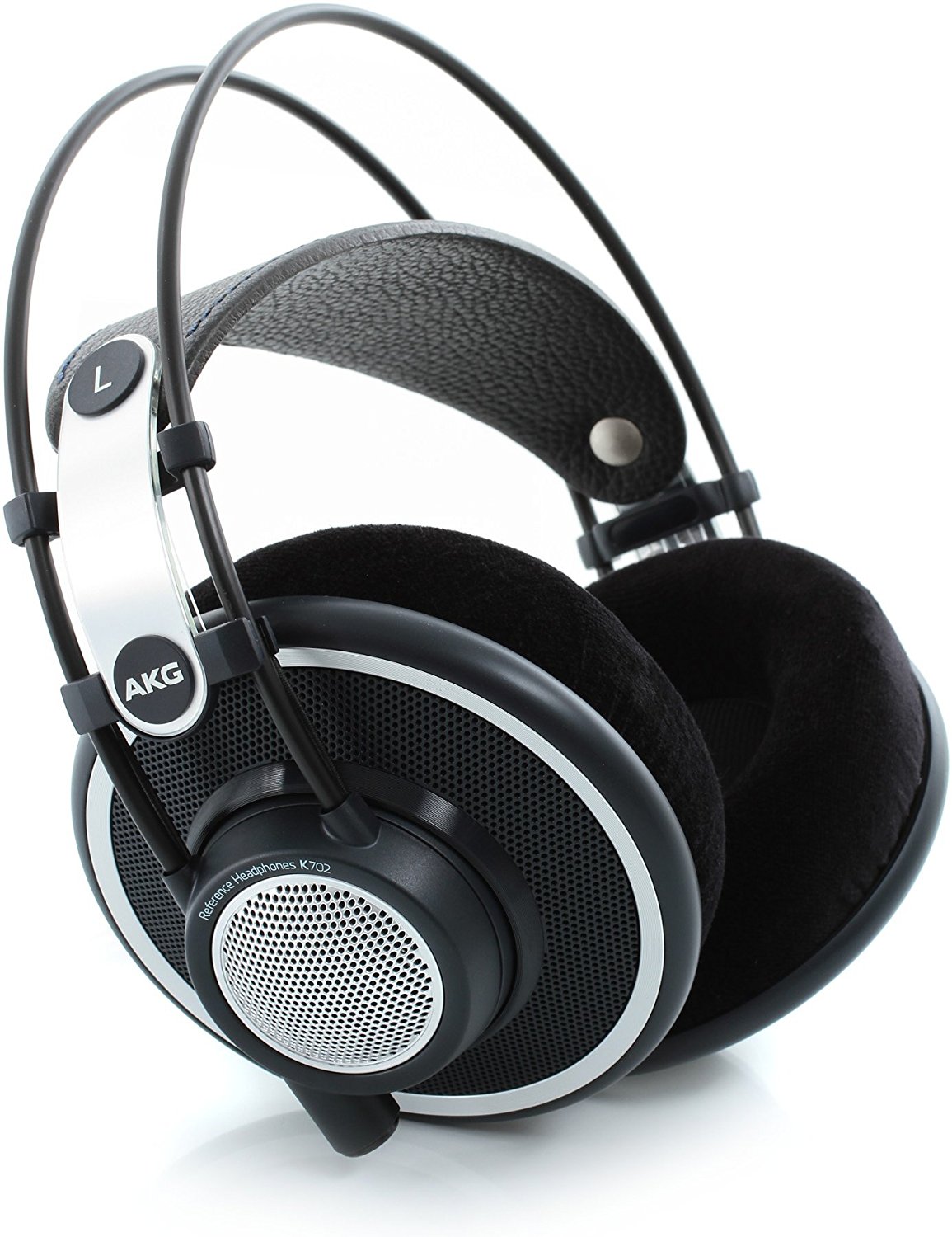
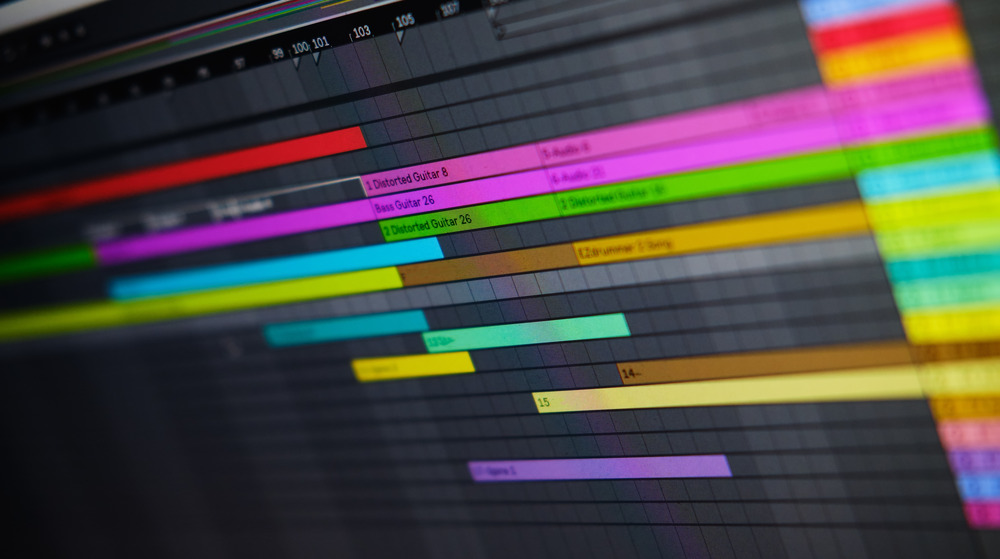
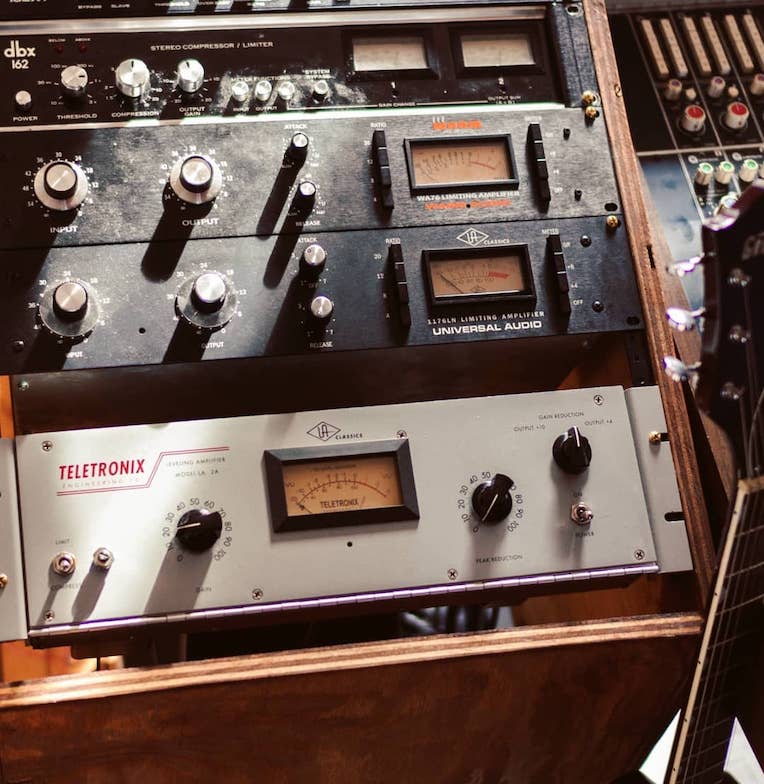
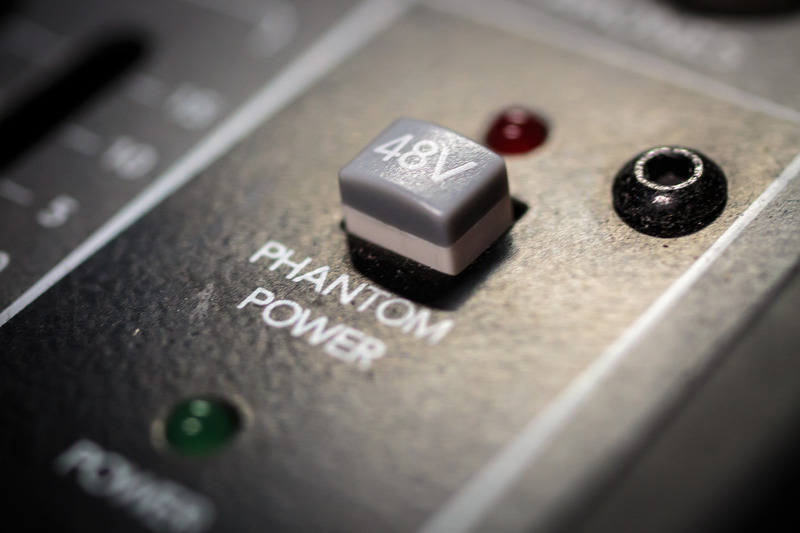
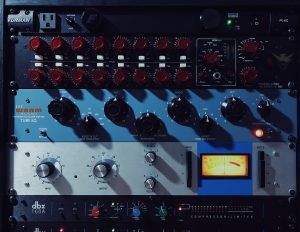
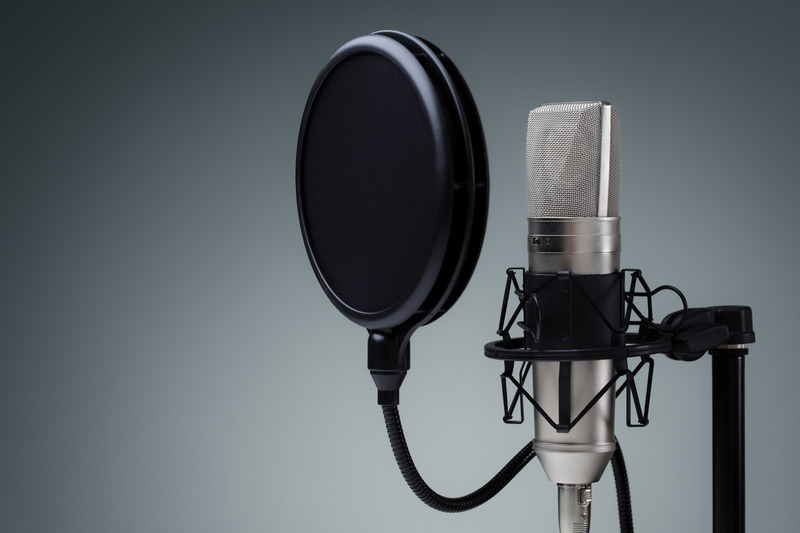
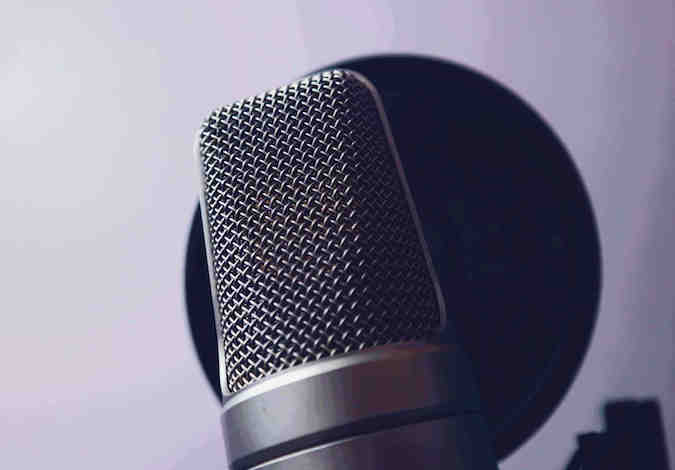












Thank you very much for this review, very much appreciated. I do have a pair of MT5 and loved them but st on them and broke them. My one comment is that they are not sturdy enough, but they do sound great and are comfortable enough. I am going to upgrade to the MT8’s and give them a try. This is my first time on your website and will subscribe to your newsletter. As there is so much disinformation on the web it is fantastic to come across your website. Thank you very much
I’m planning to purchase the MT8 after reading this review but your feedback regarding how you were able to break the MT5 by merely sitting on them is very disconcerting. I hope the MT8 is well built otherwise I would be very disappointed. I am coming from a DT 770 and although it had its fair share of problems it would never break even if you drop it several times let alone sit on them.